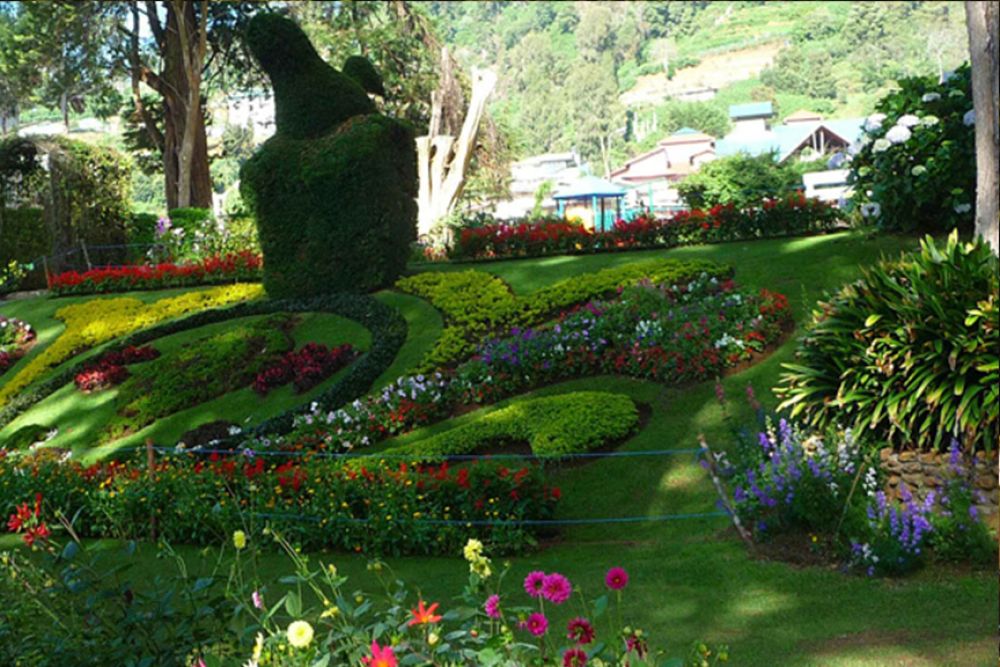

Galway's Land National Park is situated within the city limits of Nuwara Eliya in Sri Lanka. Although it is among the smallest national parks in the country, this park plays a significant role in the conservation of the montane ecosystems. Nuwara Eliya, often referred to as 'Little England,' has been a retreat for British colonialists since the 19th century. The temperate climate and the lush green landscape of the highlands provided a reminiscent environment of their homeland.
The history of tourism in Nuwara Eliya is closely tied to the colonial era, where British planters established tea plantations and built holiday bungalows. Following their lead, Nuwara Eliya developed into a resort town, attracting visitors seeking cooler temperatures and scenic beauty. With the declaration of Galway's Land area as a wildlife sanctuary in 1938 and later upgrading it to a national park in 2006, Nuwara Eliya's tourism portfolio has been further enriched with eco-tourism and biodiversity conservation.
Despite its small size of just 27 hectares, Galway's Land National Park boasts a significant number of fauna and flora species, including endemic and migratory birds. The park is praised for being a haven for bird watchers, with over 30 species of birds recorded within its boundaries, some of which are the Sri Lanka white-eye and the dull-blue flycatcher. The park's rich biodiversity also includes mammals such as wild boar, barking deer, and the montane purple-faced langur monkey, which is endemic to Sri Lanka.
In recent years, Nuwara Eliya has experienced a notable shift towards sustainable and eco-tourism practices. The latest trends include community-based tourism, where visitors engage with local communities and participate in authentic cultural experiences. Accommodations such as eco-lodges and boutique hotels that emphasize low impact on the environment are becoming increasingly popular among tourists.
Adventure tourism is also on the rise, with opportunities for trekking, hiking, and exploring the misty landscapes. Additionally, agro-tourism, centering on tea plantation visits and tea tasting, reflects the region’s historical background and offers an interactive element for travelers.
Visitors to Galway's Land National Park can expect a modest entrance fee, and guided tours are available to enhance the experience. The best times to visit are during the early morning or late afternoon for bird watching and wildlife spotting. Nuwara Eliya’s climate is cooler than other parts of Sri Lanka, so travelers are advised to bring warm clothing. The months of May to September offer the most agreeable weather conditions for exploration.
The initiatives for preserving the beautiful landscapes and promoting responsible tourism practices in Nuwara Eliya suggest a continually growing and evolving tourism industry in the region. With its unique charm and rich biodiversity, Galway's Land National Park is poised to remain a cherished destination for nature enthusiasts and responsible travelers alike.